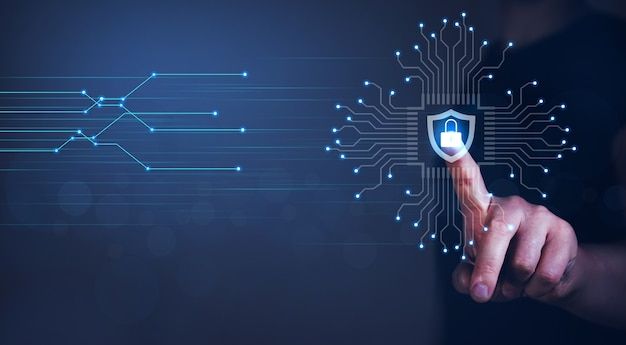
New Techniques Aim to Protect Images From AI
Aug 12, 2025 |
👀 41 views |
💬 0 comments
As AI-generated images and deepfakes become more sophisticated, a new front has opened up in the battle for digital authenticity. Scientists and developers are creating a new generation of tools designed to protect images from being used to train AI models or to be manipulated without consent.
These techniques, often dubbed "AI poisoning" tools, work by adding subtle, invisible distortions to an image that are undetectable to the human eye but cause chaos for AI systems. The goal is to make a piece of content "unlearnable" for a machine learning model.
How The Techniques Work
Several new techniques are emerging from academic research and private firms:
PhotoGuard (MIT): Developed by researchers at MIT, PhotoGuard is a tool that "immunizes" an image against AI manipulation. It adds tiny pixel alterations—or perturbations—that disrupt an AI's ability to understand the image. If an AI model like Stable Diffusion tries to edit a PhotoGuard-protected image, the result is a blurry, unrealistic image, immediately revealing the failed manipulation.
Nightshade (University of Chicago): This technique goes a step further, acting as an "offensive" tool against AI models. Nightshade adds imperceptible changes to an image that are designed to poison an AI's learning process. For example, a model trained on a Nightshade-protected image of a cat might begin to associate the concept of "cat" with an image of a handbag, thereby corrupting its ability to generate accurate images in the future.
"Provably Unlearnable" Data (CSIRO): Australian researchers have developed a technique that takes a more mathematical approach. It subtly alters an image to make it unreadable to an AI system and comes with a "mathematical guarantee" that the protection holds up, even against adaptive attacks. This method is being explored to protect sensitive data, such as satellite imagery, from being absorbed by unauthorized AI models.
These tools are not just for artists and content creators; they represent a new class of digital security for everyone. Experts hope that a collaborative approach between developers, social media platforms, and policymakers will ensure that these protections become an industry standard, curbing the rise of deepfakes and intellectual property theft.
🧠 Related Posts
💬 Leave a Comment
